Looking for fun and hands-on ways to teach your students about science concepts? In this post, I’ll share twenty 2nd grade science experiments that will get your students excited AND help them build essential critical thinking skills.
Second Grade Science Experiments
In 2nd grade, students are building a lot of content knowledge in science. They are also developing critical thinking and problem solving skills that will set them up for success in future grades. One of the best ways to build these crucial skills is through experiments.
The twenty second grade science experiments in this post are tried and true activities to teach science content and help students develop critical thinking skills.
Pollination STEM Lab
Pollination is an important topic that we cover in 2nd grade during our Plants, Animals, and Life Cycles unit. This pollination lab helps students visualize the process of pollination in a hands-on way.
In this fun pollination STEM activity, students make a model bee, then simulate pollination using macaroni and cheese powder. Read more about pollination and how to complete this lab here: Pollination STEM Activity
Animal Seed Dispersal Lab
This easy animal seed dispersal activity is a great opportunity for students to design and build models and simulate how animals help plants grow. It’s the perfect activity for demonstrating plant and animal interdependence.
In this lab, students will use a variety of materials to create a model animal. Then, they will test out how seeds stick to their model animal. Learn more about animal seed dispersal here: Animal Attachment Seed Dispersal STEM Activity
Map a Mountain Topographic Map Activity
Add math and map skills to your science activities with this topographic map landforms lab. In this 3D topographic map activity, students will use clay to make a 3D model, then section it with dental floss to make a topographic map.
Students will begin by making a simple model of a mountain out of clay. Then, they will use dental floss to section their model into equal slices. Check out how to do this activity with your class here: Topographic Map Landform Activity for Kids
Exploding Seed Pod Experiment
In second grade, we take time in science to study a variety of ways that seed dispersal happens. One way plants disperse their seeds is through an adaptation called exploding seed pods.
In this activity, students are challenged to build a model of an exploding seed pod using balloons and seeds. Learn more about how your students can make exploding seed pods here: Seed Dispersal Activity: Build an Exploding Seed Pod
Plant Adaptation Models
Plants and animals that live in water have special adaptations that allow them to survive. Help students understand plant adaptations by creating simple models with everyday craft supplies.
In this 2nd grade science experiment, students will design, make, and test simple models of water plant adaptations. It’s a great activity for introducing or practicing with engineering and design practices and concepts. Check out how to do this activity with your class here: Plant STEM Activities for Kids: Making Models of Adaptations
Second Grade Science Experiments for Teaching Properties of Matter
Ice Cream in a Bag Experiment
The ice cream in a bag lab is an excellent 2nd grade science experiment to introduce or reinforce the states of matter.
In this lab, students investigate the effect of temperature on matter as they observe a liquid mixture turn into a solid.
This experiment is always a favorite for my 2nd graders because they get to learn about the science behind one of their favorite treats. Read more about how this lab is done here: Ice Cream in a Bag Lab
Pop Rocks Lab
In this high-engagement 2nd grade science experiment, students will explore carbonation using Pop Rocks candy and soda.
The Pop Rocks Lab allows students to see how combining a solid and a liquid can form a gas. Learn about how carbonation is made and how this lab can be conducted here: Pop Rocks Experiment
Sharpie Solubility Science Experiment
This Sharpie solubility experiment explores the question: Are permanent markers really permanent? It’s an excellent simple experiment to use for introducing and practicing the scientific method.
Students will test the solubility of Sharpie pen ink in water, vinegar, and rubbing alcohol. Then they will observe and describe the results in their test. Learn more about how to conduct this 2nd grade science experiment with your class here: Sharpie Solubility Experiment for Kids
Chlorophyll Paintings
Did you know you can make art with chlorophyll? Chlorophyll paintings are a fun and creative way to integrate art and science as students learn about plants, the process of photosynthesis, and how a plant makes its own food.
To complete this activity, you’ll just need white paper, a metal spoon, and some leaves. Check out how we did chlorophyll paintings in my classroom here: Chlorophyll Paintings: Incorporating Art in Science
Cookie Dunk Lab
Get students engaged and learning by using milk and cookies in your 2nd grade science experiments! In this fun and simple science experiment, students explore buoyancy as they learn and practice the steps of the scientific method.
Students will observe and record the properties of various mini cookies. Then, they explore whether each cookie sinks or floats. Read more here: Milk & Cookies and the Scientific Method
Properties of Matter Cracker Lab
In second grade, students learn that matter has observable, physical properties. This 2nd grade science experiment reinforces this concept by allowing students use their senses to observe, describe, and taste properties of matter.
Students look at, feel, and taste different types of crackers in order to describe their properties. Click the link to read more about the cracker lab: Properties of Matter Cracker Lab
Blubber Glove Experiment
Learning about adaptations is a key component to second grade science lessons about habitats and ecosystems. The blubber experiment demonstrates how arctic animals stay warm in icy water.
Blubber is a thick layer of fat just under the skin of all marine mammals. It is an important and interesting adaptation that allows these animals to survive in cold water.
This 2nd grade science experiment recreates the layer of fat that keeps an animal warm. During this hands-on activity, students will compare the cold they can feel with and without wearing a “blubber glove”. Learn more about how you can make a blubber glove here: Arctic Animal Adaptations: Blubber Science Experiment for Kids
Cheese Powder Pollination Activity
Pollination is an important process in the life cycle of plants, and it can be very easy and fun to demonstrate. In this 2nd grade science experiment, students will use cheese powder from a box of macaroni and cheese to develop a simple model that mimics the function of an insect pollinating flowers.
There’s only a few simple materials needed for this experiment, and all of them can be found at the dollar store. Check out how to do this pollination experiment with your students here: Cheese Powder Pollination Activity for Kids
Flexibility Lab
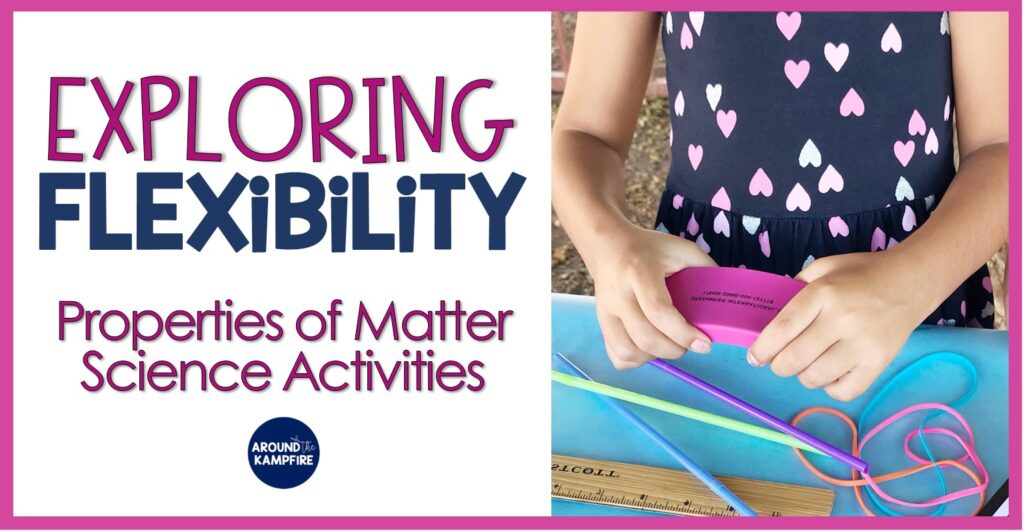
Flexibility is one of the key observable properties of matter that we learn about in second grade. In this fun and simple 2nd grade science experiment, students will test and record the flexibility of several objects.
Giving students the opportunity to plan and conduct simple investigations is crucial to promote learning in 2nd grade. This flexibility experiment is a great way to give students this experience. Learn more about the flexibility lab here: Exploring Flexibility Lab
Parts of a Seed Lab
Learning about plant life cycles is a huge part of second grade science. Give your students an opportunity to familiarize themselves with the parts of a seed in a hands-on way with a lab activity.
Have your students dissect and examine the parts and functions of a seed using lima beans. Then, have students identify and label the seed parts they saw first-hand. Check out how to do this easy seed lab with your class here: Easy Seed Science Experiments
Butterfly Life Cycle Labs
Raising butterflies and learning about their life cycles is always a highlight in the second grade school year. Enrich your butterfly life cycle lessons by giving students the opportunity to learn about, observe, and write about the process of caterpillars transforming into butterflies. Learn more here: Butterfly Life Cycle Activities & Free Printables
Lighthouse Water Erosion Experiment
The Save the Lighthouse Lab is a fun and exciting way for students to learn more about slow earth changes and erosion. This activity is more of a simulation to demonstrate how ocean waves can cause erosion and affect the coastline.
Students will use sand, water, and a paper lighthouse template to create a miniature coastline. Then, they will simulate ocean waves and observe what happens to the lighthouse. Check out more on the lighthouse lab here: Water Erosion Science Experiment: Save the Lighthouse!
Landslide Lab
Have you ever thought about how people can protect a town from a landslide? This landslide experiment allows students to explore how people can reduce the impact of landslides.
In this lab, students will complete a simulation of a landslide to design and test ways to help protect towns. It’s an excellent opportunity for students to practice problem solving skills with real-life implications. Learn more here: Landslide Science Experiment to Teach Fast Earth Changes
Gill Demonstration
When I teach my Habitats & Ecosystems science unit, we take time to learn about animal adaptations. In this lab, students explore a well-known fish adaptation: gills.
This 2nd grade science experiment helps students to visualize the process of gills working in a fish’s body. It is basically a simulation that represents a simplified version of gills allowing a fish to breathe underwater. Read more about how to do this simulation with your class here: How Do Fish Breathe Underwater? Ocean Animal Adaptations Activity
Plant Needs Experiment – Can Plants Grow in the Dark?
Students will get the opportunity to explore why plants need sunlight in this 2nd grade science experiment.
In this lab, students will make observations on two plants over time. One plant will be left in the sunlight, while the other will be left in the dark. Learn more about how to do this experiment in your classroom here: Plant Needs Experiment: Can Plants Grow in the Dark?
Science experiments should allow students ample opportunity to practice critical thinking and problem solving skills. I hope these 2nd grade science experiments help your students have fun while learning key science content and skills! You can find all of these labs with ready-to-use lesson plans, student workbooks, lesson videos and assessments in individual units or in money-saving bundles.
See the Second Grade Science Curriculum HERE.
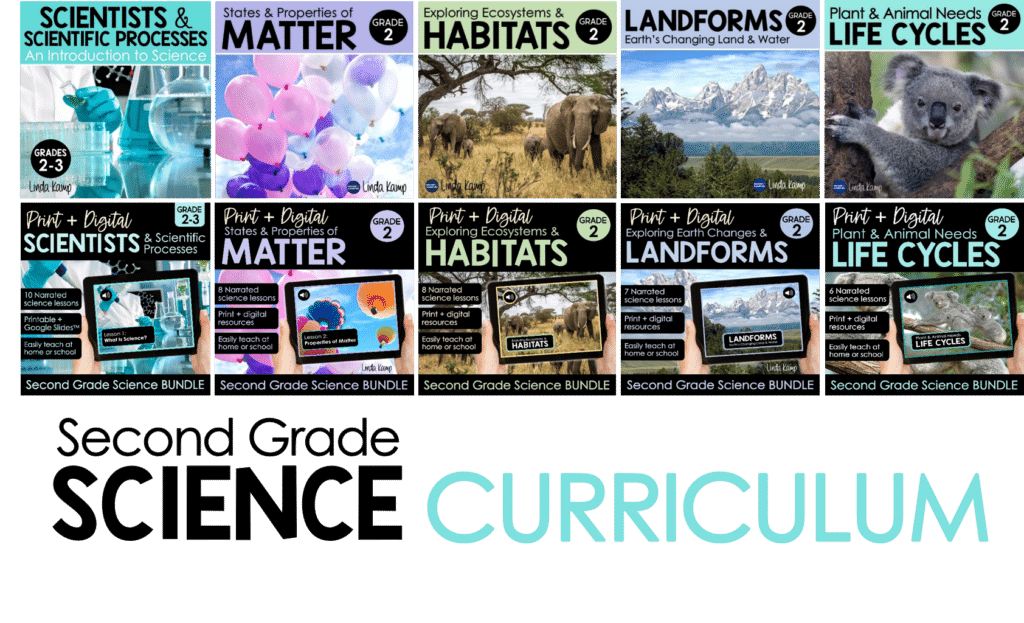 Don’t forget to pin this post for your science planning time!
Don’t forget to pin this post for your science planning time!

Looking for more help teaching science? Check out these posts:
Activities to Teach Science Tools & Safety Rules At The Beginning of The Year
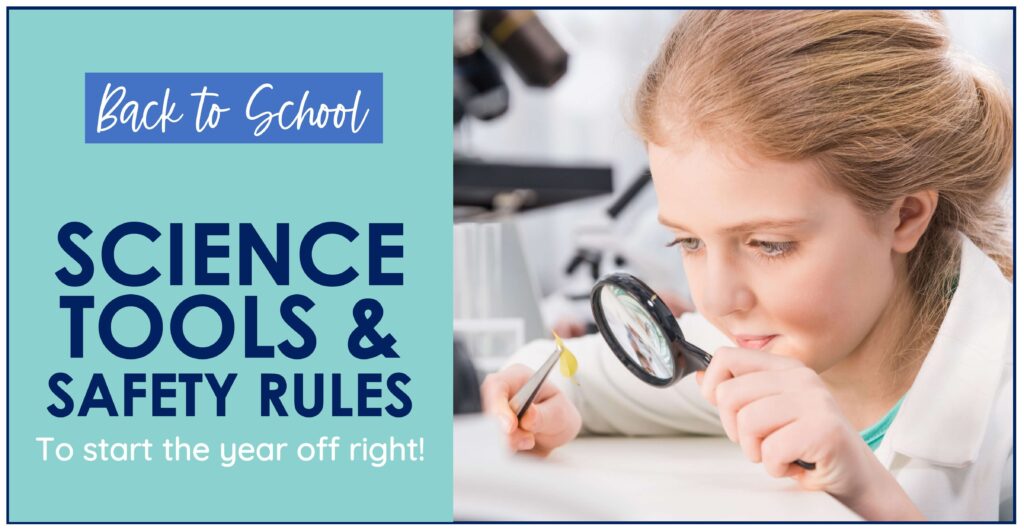
Free Science Movie Day Activities

Free Science & Engineering Practices Posters
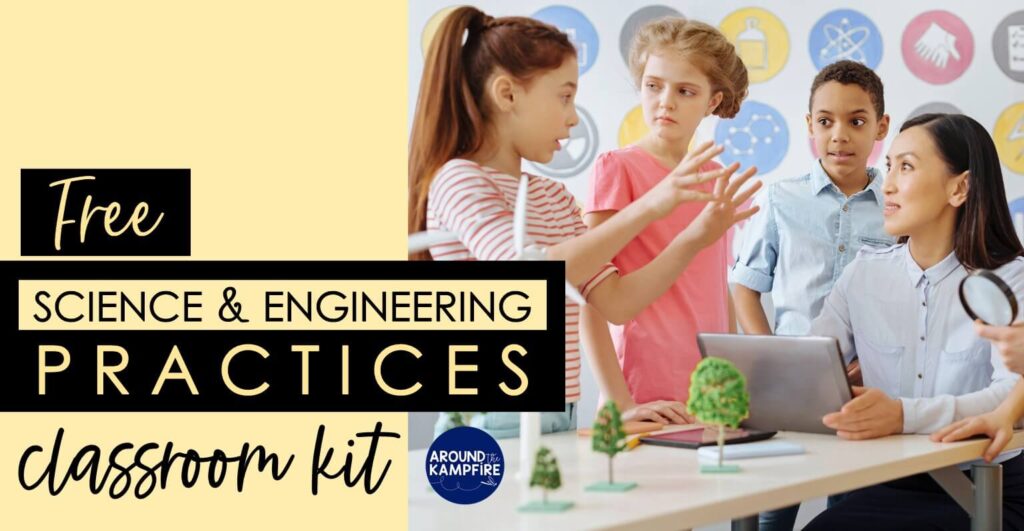
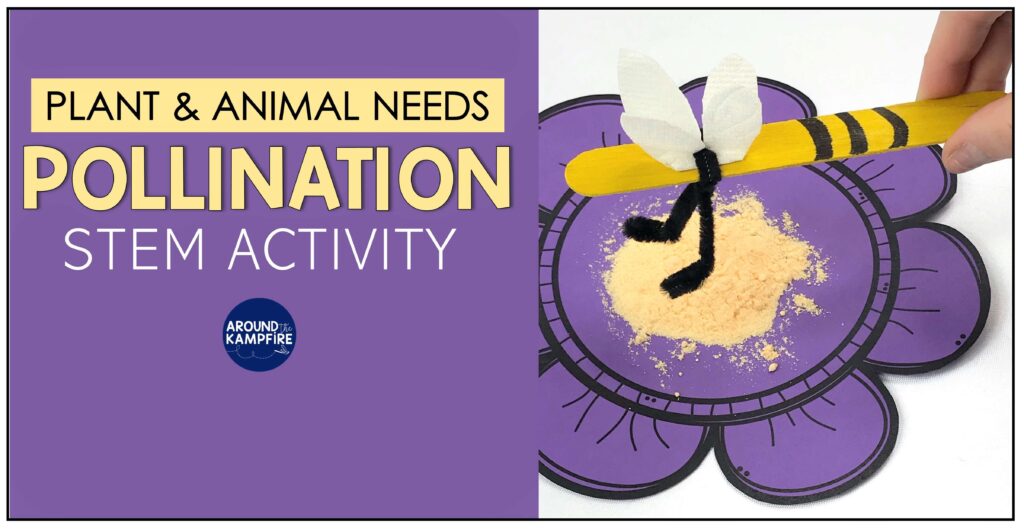





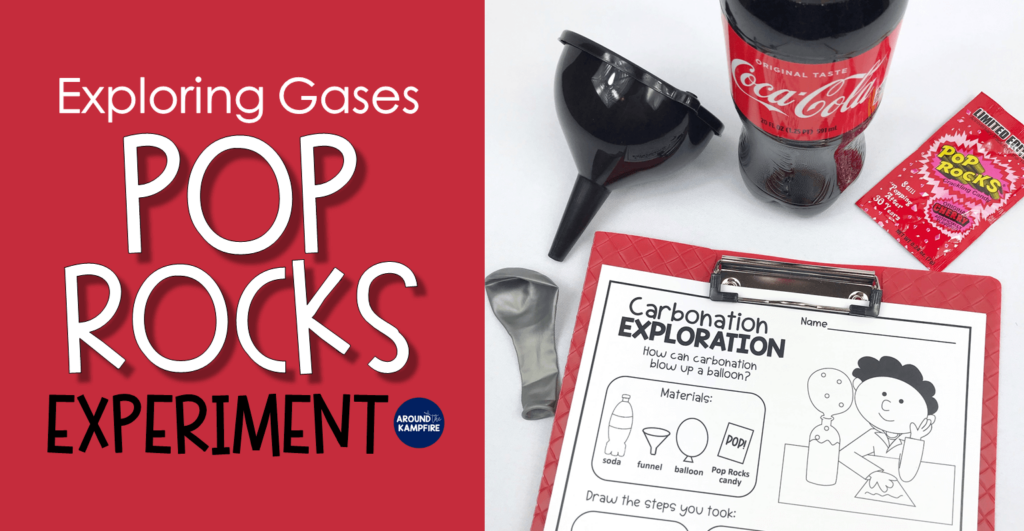
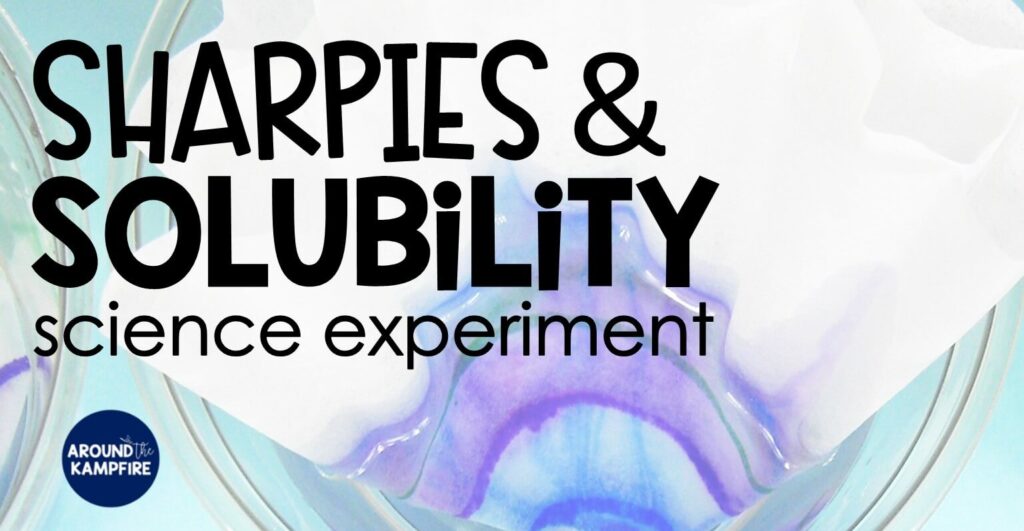


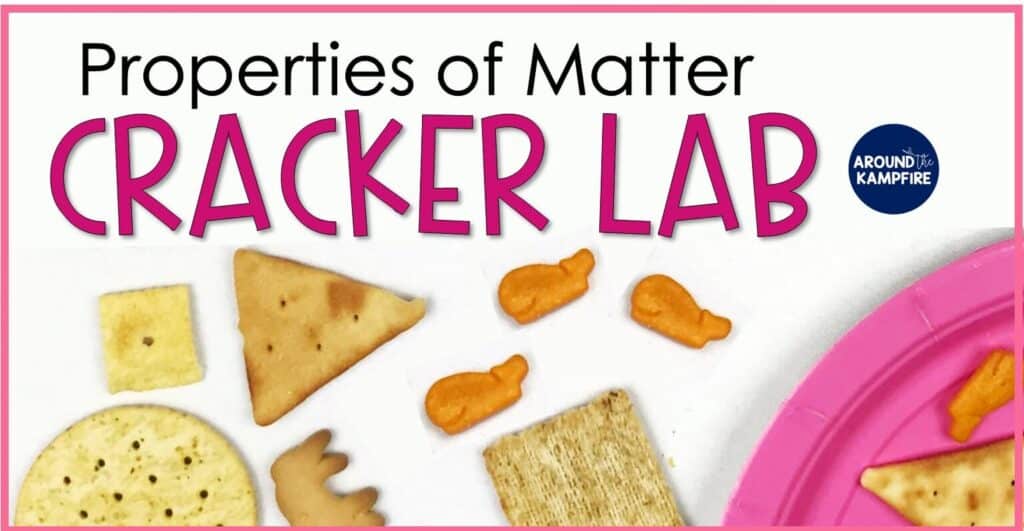
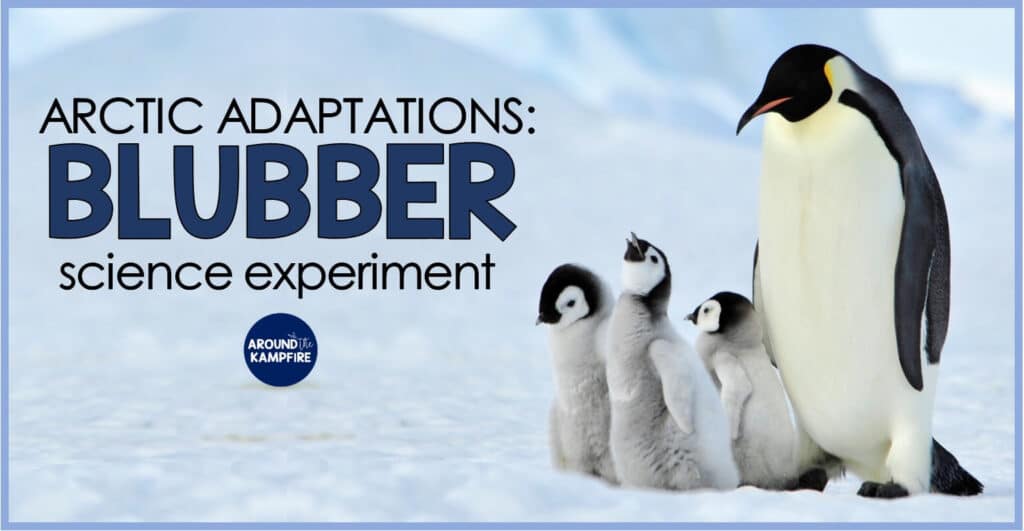

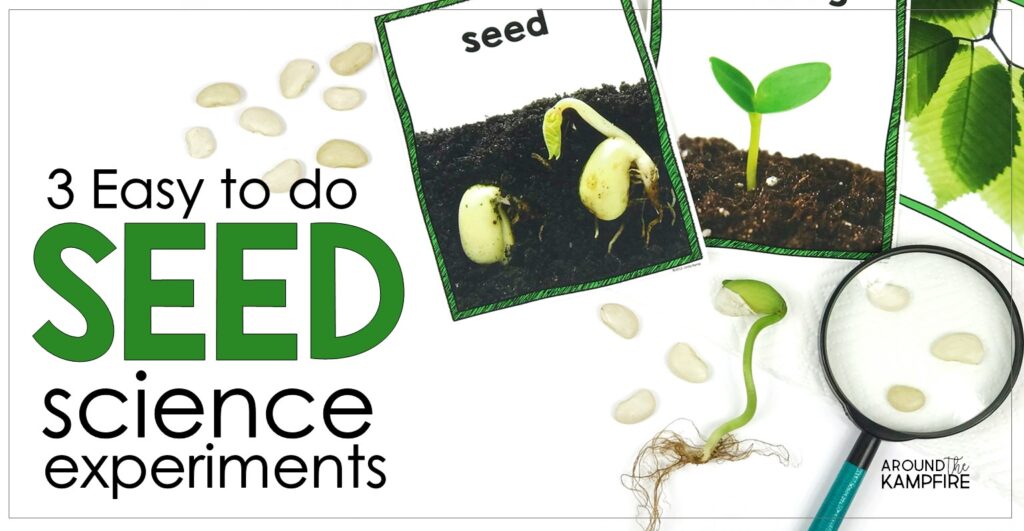






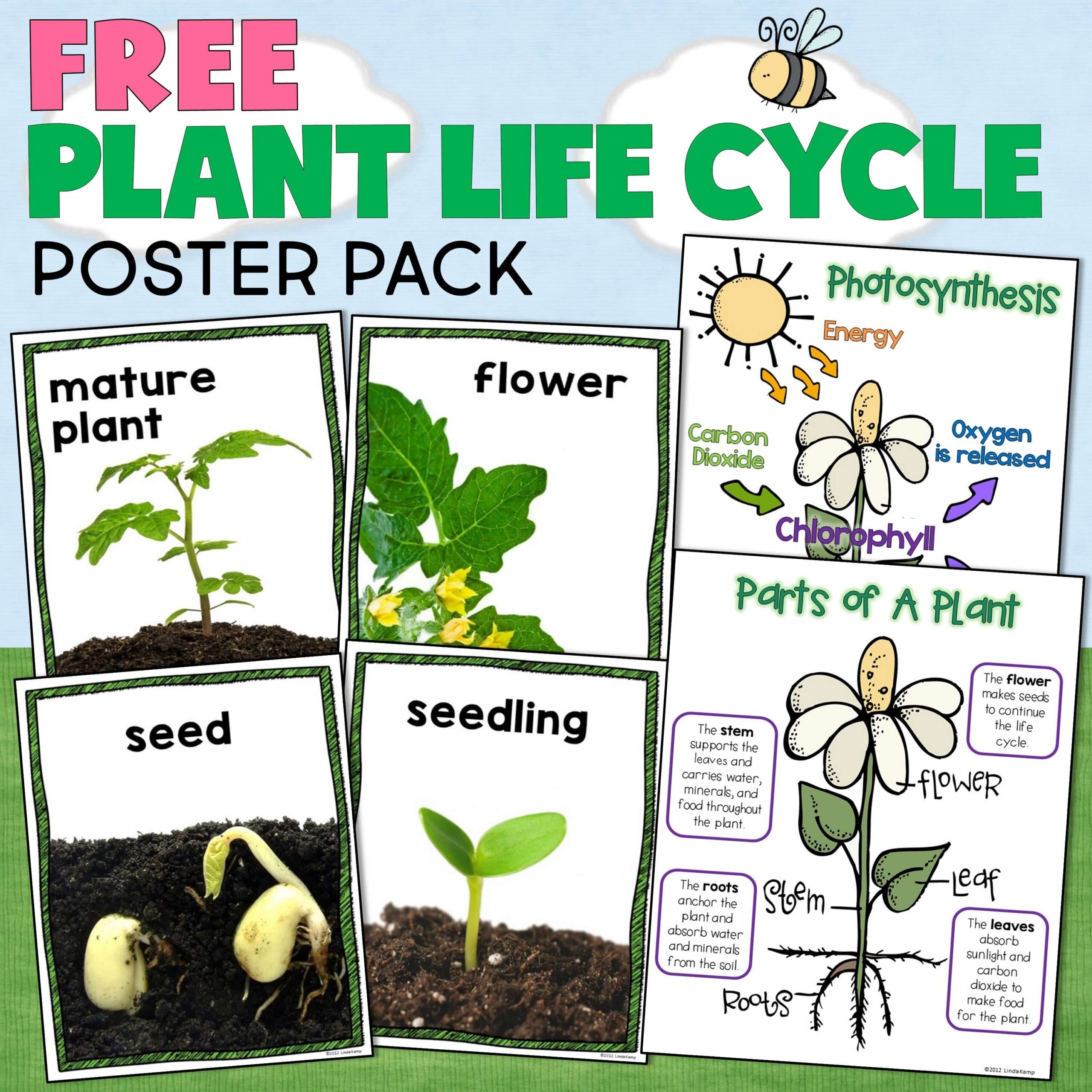

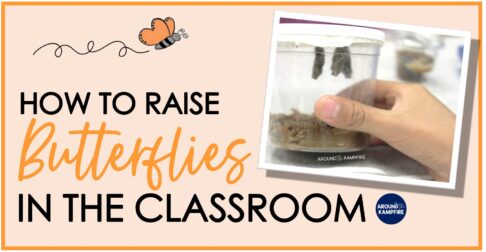
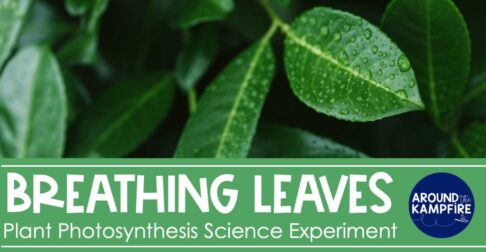

Leave a Comment